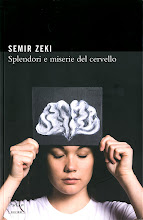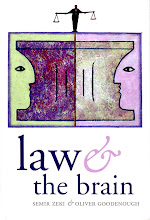The leading politicians who gathered last
week in Los Cabos, Mexico, to discuss the world economic situation reminded me
of a British Cabinet meeting during World War I. In his history of England, AJP
Taylor records how “twelve men, largely ignorant of their subject, speculated
in the void” as to where on the Continent the British Expeditionary Force
should land. The Cabinet Secretary cut in, to patiently explain to them that trains (which were to be used for
transportation), unlike horses (which had been used in previous wars), could
not be turned around mid-way to their destination; they must instead roll-on
right to their final destination. Taylor does not record the rest but I happen
to know that the discussion then changed immediately to which station along the
railway paths would be able to offer the best coffee to the troops.
Like those of yester-year, my impression is
that the politicians of today who had gathered in Los Cabos understood little and
achieved less. But there is one thing that they, like all politicians,
understand perfectly well – the power of the visual image.
How to deal with the apparent visual
contradiction of gathering in one of the world’s most luxurious resorts to
discuss poverty and economic distress engulfing Europe and potentially much of
the world. Easy! Get rid of the inconsistency by manipulating the visual image
so that it is no longer there.
Thus the British Prime Minister gave an
interview from a room with views of the spectacular beaches but the views were
hidden from view by a screen. After all, the folk back home would not quite like to see
their Prime Minister dishing out advice on remedying poverty and the world
economy in front of luxury beaches.
If that inconsistency could be readily
solved by manipulating the visual image, another inconsistency at the same meeting was barely
noticed by anyone – presumably because the spoken word does not have the same
powerful impact as the visual image. In a seemingly defiant speech, the
un-elected President of the European Commission, Mr Barroso [the one who said that
Portugal will not need a bail-out a few days before it asked for a bail-out],
told the gathered delegates that Europe does not need any lessons in democracy.
This coming from a President who is un-elected! But apparently no one noticed
the inconsistency. Had there been a visual image of the way in which presidents
of the European Commission are elected, the inconsistency would have been
noticed much more easily, although of course they could have manipulated the
visual images, just as was done in Los Cabos.
There is, however, a hilarious recording of
a British member of the European Parliament questioning the democratic legitimacy
of another high official of the European Union, The President of the European
Council, at the European Parliament. The words are fairly hilarious – but the expression on the President’s
face says a good deal more. It is, after all, a visual image!









 Contact us
Contact us